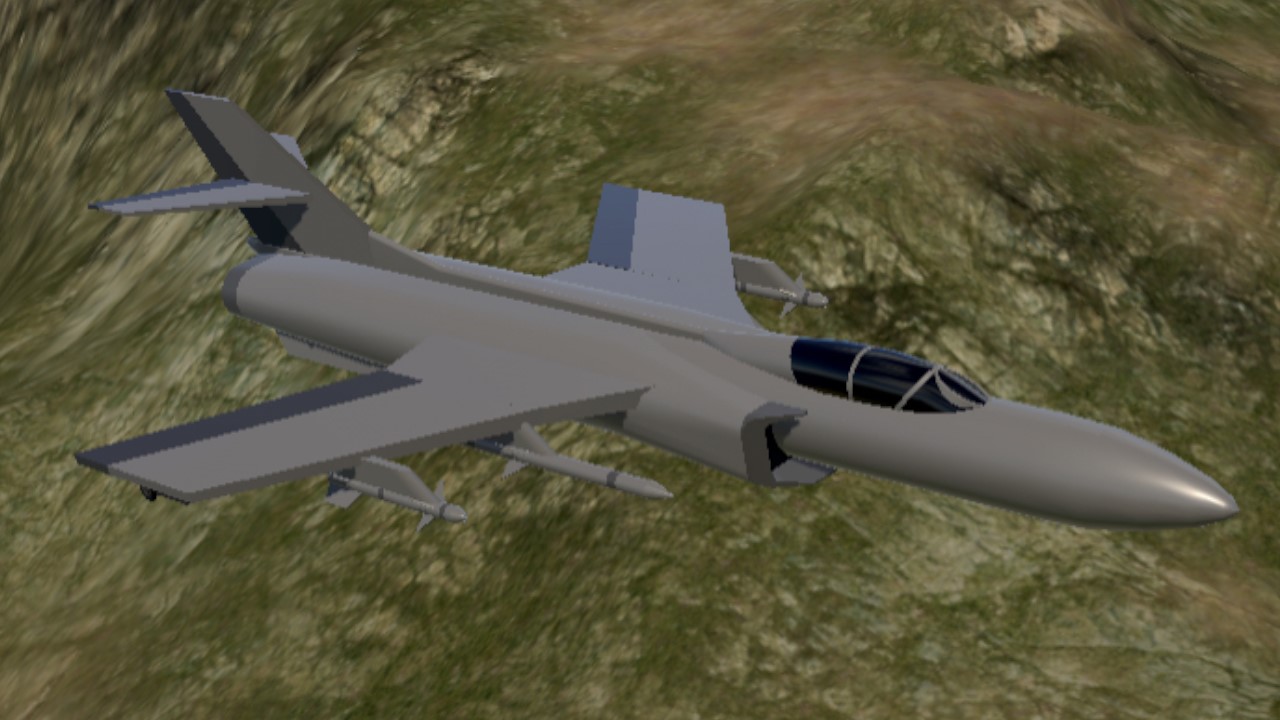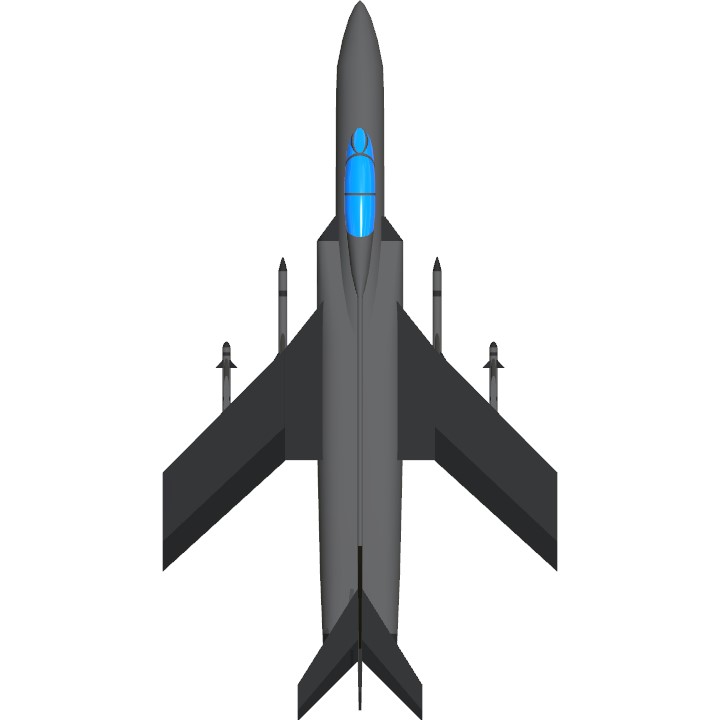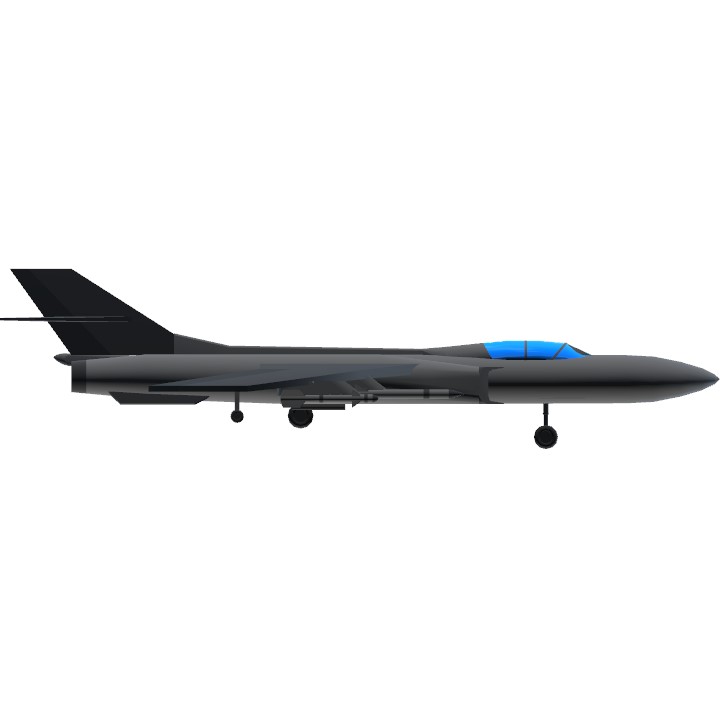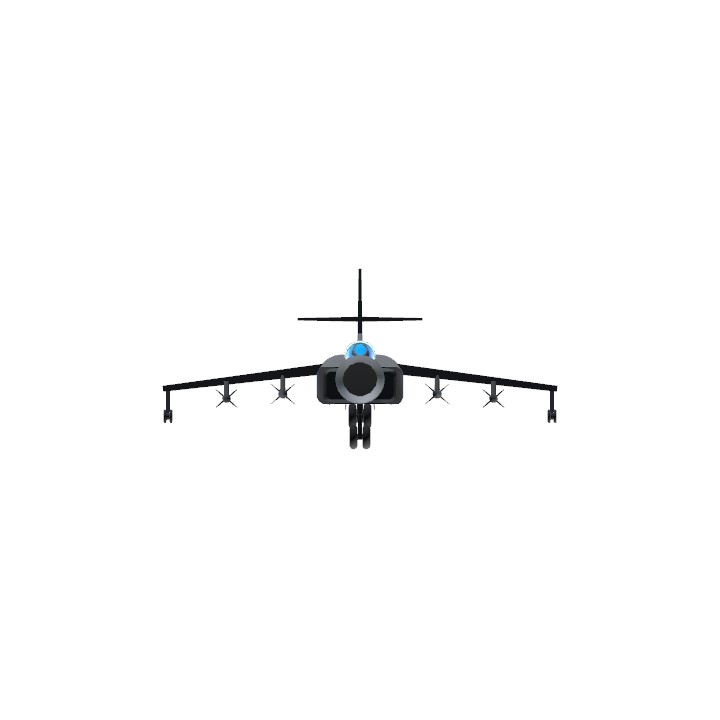Introductions
The Yakovlev Yak-28 (Russian: ??????? ??-28) is a swept wing, turbojet-powered combat aircraft used by the Soviet Union. Produced initially as a tactical bomber, it was also manufactured in reconnaissance, electronic warfare, interceptor, and trainer versions, known by the NATO reporting names Brewer, Brewer-E, Firebar, and Maestro respectively. Based on the Yak-129 prototype first flown on 5 March 1958, it began to enter service in 1960.
The Yak-28 was first seen by the West at the Tushino air show in 1961. Western analysts initially believed it to be a fighter rather than an attack aircraft—and a continuation of the Yak-25M—and it was designated "Flashlight". After its actual role was realized, the Yak-28 bomber series was redesignated "Brewer".
The Yak-28 had a large mid-mounted wing, swept at 45 degrees. The tailplane set halfway up the vertical fin (with cutouts to allow rudder movement). Slats were fitted on the leading edges and slotted flaps were mounted on the trailing edges of the wings. The two Tumansky R-11 turbojet engines, initially with 57 kN (12,795 lbf) thrust each, were mounted in pods, similar to the previous Yak-25. The wing-mounted engines and bicycle-type main landing gear (supplemented by outrigger wheels in fairings near the wingtips) were widely spaced, allowing most of the fuselage to be used for fuel and equipment. It was primarily subsonic, although Mach 1 could be exceeded at high altitude.
Build under 30 mins
Specifications
General Characteristics
- Created On iOS
- Wingspan 38.5ft (11.7m)
- Length 71.0ft (21.6m)
- Height 17.6ft (5.4m)
- Empty Weight 6,695lbs (3,036kg)
- Loaded Weight 7,847lbs (3,559kg)
Performance
- Power/Weight Ratio 3.436
- Wing Loading 30.9lbs/ft2 (150.7kg/m2)
- Wing Area 254.3ft2 (23.6m2)
- Drag Points 5933
Parts
- Number of Parts 49
- Control Surfaces 5
- Performance Cost 321





Very cool, I finally revived after a year of hiatus.
@WisconsinStatePolice thanks
Very nice
Yes it is @WisconsinStatePolice
is this the yak-28-64 prototype?